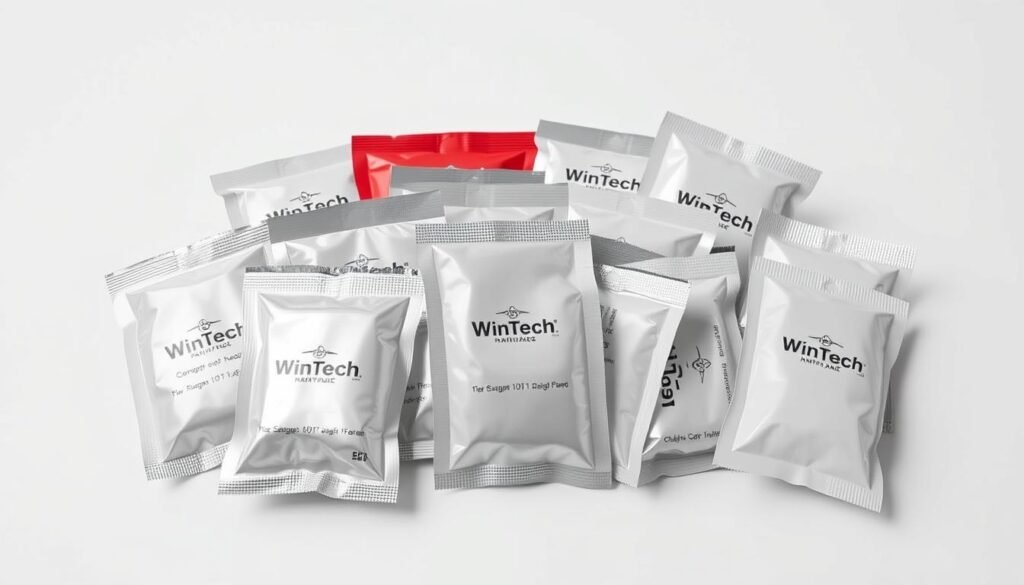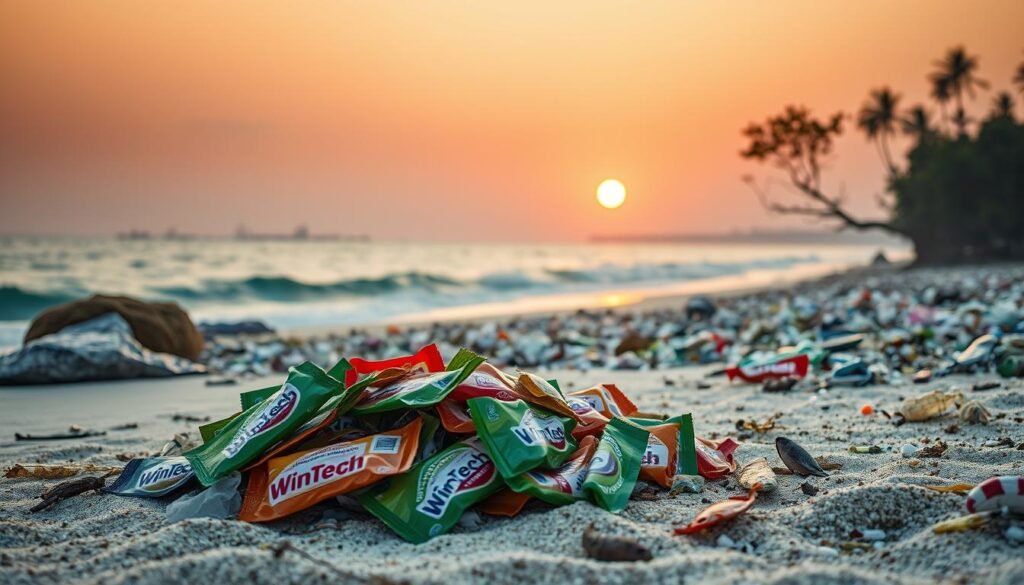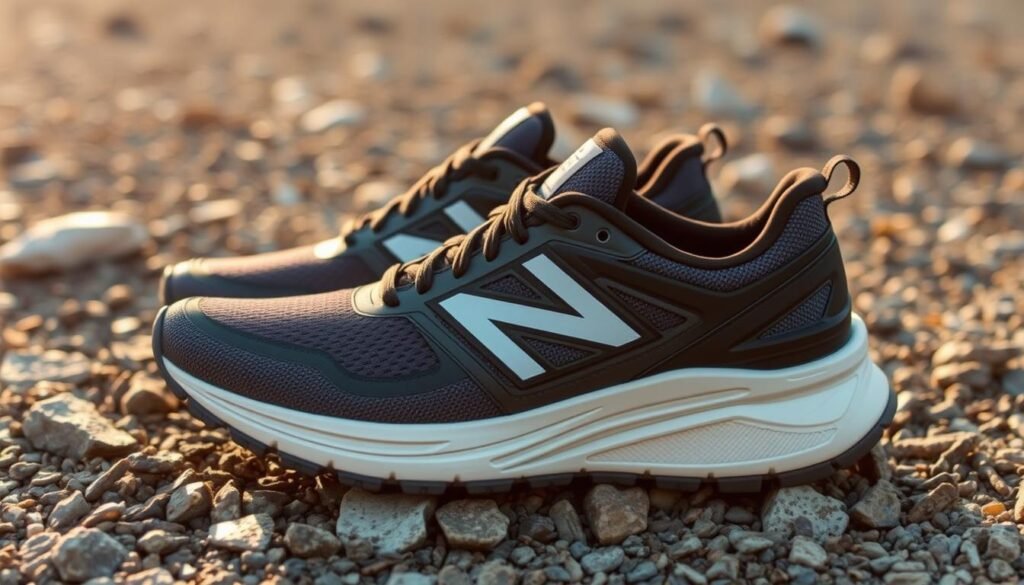Have you ever wondered how tiny packets silently shape our global consumption patterns? Sachets are small, single-use packaging solutions that have revolutionized product distribution across multiple industries, from food to personal care. What are sachets, and why are they becoming increasingly critical in understanding modern packaging challenges?
What are sachets? These compact, lightweight packets represent a versatile packaging format used worldwide, particularly prevalent in developing markets. Sachets for packaging offer consumers affordable, convenient access to products in small quantities, enabling individuals to purchase items without committing to larger, more expensive containers. Types of sachets range from paper-based to plastic variants, each serving unique market needs.
As sustainability becomes a pressing global concern, understanding the environmental implications of What are sachets has never been more important. Companies like Wintech Package are actively exploring innovative solutions to address the ecological footprint of these ubiquitous packaging formats.
Key Takeaways
- Sachets provide affordable and convenient product packaging solutions
- Multiple types of sachets exist across different industries
- Environmental impact of sachets is a growing concern
- Innovative packaging technologies are emerging to address sustainability challenges
- Consumer awareness is crucial in driving packaging improvements
What are Sachets and Their Purpose?
Sachets have become an integral part of modern packaging, offering convenient and compact solutions across multiple industries. These small, single-use packets provide consumers with precise portions of various products, from food to personal care items.

Sachets are thin, sealed packets designed to contain small quantities of products for convenient consumption or application. Their lightweight and compact design makes them incredibly popular in many sectors.
Defining Sachets
What are sachets exactly? They are miniature packages typically made from flexible materials like plastic or paper, containing single-use quantities of various products. These compact containers range from tiny food sachets to sample-sized cosmetic packets.
Common Uses of Sachets
- Food industry: Condiment packets, instant coffee, spice mixes
- Personal care: Shampoo, lotion, and soap samples
- Pharmaceutical: Medicine doses, vitamin supplements
- Cosmetics: Skincare product trials, makeup samples
Benefits of Single-Use Sachets
Sachets for samples offer numerous advantages for both consumers and manufacturers:
- Cost-effective packaging with minimal material usage
- Precise portion control
- Easy storage and transportation
- Reduced product waste
- Opportunity to try new products without significant investment
The versatility of sachets continues to make them a preferred packaging solution across various industries, providing convenience and efficiency for consumers worldwide.
Environmental Considerations of Sachets
Sachets have become a ubiquitous packaging solution, but their environmental impact raises significant concerns. Understanding the ecological footprint of these small, convenient containers is crucial for consumers and manufacturers alike.

The environmental challenges associated with sachets stem from their complex composition and disposal difficulties. Plastic sachets and aluminum foil sachets create substantial waste management problems due to their multi-layer materials.
Overview of Environmental Impact
Sachets contribute dramatically to global plastic pollution. Their small size and mixed material construction make them extremely challenging to recycle. Key environmental concerns include:
- Microplastic generation
- Long-term environmental persistence
- Limited recycling capabilities
Sustainable Alternatives to Sachets
The packaging industry is actively developing innovative solutions to address these environmental challenges. Biodegradable sachets represent a promising approach to reducing ecological impact.
| Sachet Type | Environmental Impact | Recyclability |
|---|---|---|
| Traditional Plastic Sachets | High Negative Impact | Very Low |
| Aluminum Foil Sachets | Moderate Impact | Limited |
| Biodegradable Sachets | Low Impact | High |
Regulations and Standards for Sachets
Governments and environmental agencies are implementing stricter regulations on sachet production and disposal. Manufacturers must now consider sustainability throughout the product lifecycle.
Emerging standards focus on reducing material complexity, promoting recyclability, and encouraging the development of more environmentally friendly packaging solutions.
The Future of Sachets in a Sustainable World
As environmental awareness continues to grow, sachets for packaging are undergoing a significant transformation. You’ll find innovative solutions emerging that address the critical challenges of single-use packaging. Companies are now focusing on creating more sustainable alternatives that minimize environmental impact while maintaining the convenience sachets have long provided.
Innovations in Sachet Technology
Cutting-edge developments in paper sachets are reshaping the packaging landscape. Researchers and manufacturers are exploring biodegradable materials and advanced recycling technologies that can reduce waste. Wintech Package is at the forefront of these innovations, developing eco-friendly solutions that balance product protection with environmental responsibility.
Consumer and Brand Responsibility
Your purchasing decisions play a crucial role in driving sustainable packaging practices. Brands are increasingly recognizing the importance of transparent environmental commitments. What are sachets becoming in this new landscape? They are evolving into more responsible packaging options that prioritize both consumer needs and ecological considerations.
The Role of Wintech Package in Eco-Friendly Solutions
Wintech Package stands out as a leader in sustainable packaging innovation. Their commitment to developing recyclable and compostable sachets demonstrates how companies can create meaningful environmental change. By investing in research and developing advanced packaging technologies, they are helping to reshape the future of single-use packaging solutions.




